At the face of the hole you will notice top soil which contains vegetation; the sub-soil that supports the top soil, and then a rubbly or friable band containing iron stones, small pebbles and maybe medium sized basalt rocks. This is known as the wash and is the remnants of an ancient creek or river bed. All of the above rests on a bed of clay. It is in the wash that the sapphire’s are found. Experienced fossickers will readily identify the geology of the area and investigate other potential sapphire bearing wash. Wash can be found from right at the surface or deep underground where tunneling is required.
Extracting the sapphire relies on the principle that sapphire has a greater specific gravity e.g. is heavier for given size than all other stones except diamonds. The most common method is to remove the bulk of the dirt from the wash using a series of sieves and screens, followed by cleaning the stones in water using the sieves and Willoughby, this is commonly known as the wet sieve method.
Once the stones are clean the sieve is flipped upside down onto a hessian bag, or similar on a table positioned in the sunlight. Starting at the centre, examine the washed stone carefully for colour. The most likely colours of sapphire will be blue, green or yellow, the rarer being red and orange. Red and orange coloured stones will more than likely be zircons. Examine the entire contents of each sieve keeping in mind that Star Sapphires, spinel and other gemstones such as zircon may be found depending on location.
Major roadways to the fossicking areas are gravel and mostly kept in reasonable condition, depending upon the time of the year. Access across the designated fossicking fields a generally well worn tracks suitable for conventional cars and normal caravans. Sections of some of the designated fields are quite rugged and require 4WD vehicles. Adjacent to the rugged sections are flat areas suitable for camping if you prefer not to travel on the rougher sections of track.
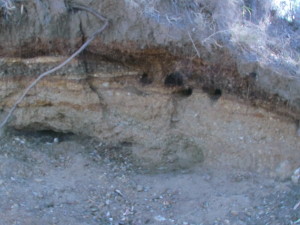
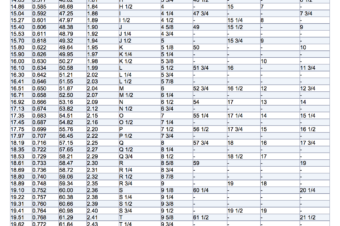
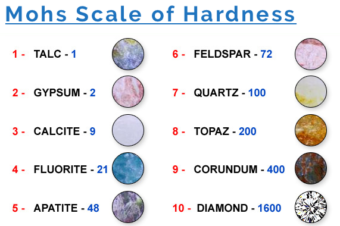

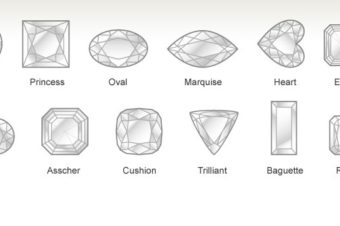

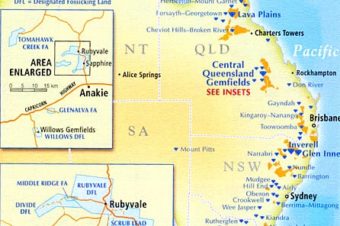
Leave a Reply
You must be logged in to post a comment.